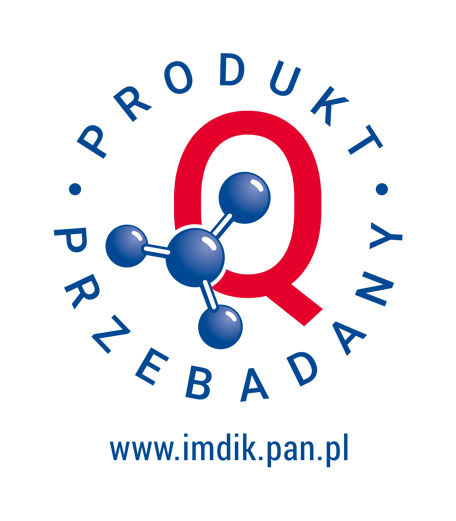OLIGOPHAGY: Investigating the role of autophagy in oligodendrocytes in hypoxic-ischemic
perinatal brain injuries (2021/03/Y/NZ4/00214, (2022-2025), NCN WEAVE UNISONO - project in Polish-Swiss cooperation),
PI: prof. Joanna Sypecka
AIM OF THE PROJECT
Autophagy is a physiological mechanism based on degrading and recycling selected cellular biomolecules and organelles due to forming a multimembrane intermediate compartment. As one of the major mechanisms involved in maintaining tissue homeostasis in response to various forms of stress, autophagy is believed to be modulated by a temporary limitation of glucose and oxygen supply, evoked by an episode of perinatal asphyxia. In fact, intracellular pathways and the intensity of this process are thought to be one of the major mechanisms involved in the initiation of either physiological neuroregeneration or development of neurodegenerative disorders, associated with poor neurodevelopmental outcomes in the survived babies. Therefore the modulation of the autophagy process could be a novel innovative strategy in providing neuroprotection and promoting natural, endogenous reparative processes. However, studies on process of autophagy in oligodendroglial cells are still scarce and to date moderate hypothermia is the only available clinical intervention after perinatal asphyxia. Moreover, as revealed by the latest clinical data, hypothermia actually neither provides complete brain protection nor efficiently stimulates endogenous neuroreparative processes. New treatment options are therefore urgently needed to protect fragile developing brains from the fatal consequences of HI damage and to restore proper physiological functioning of the injured nervous tissue. To address this issue, the main aim of the study is to describe way(s) in which oligodendroglial autophagy proceeds and to fill in the gaps in the knowledge concerning mechanisms of the oligodendrocyte involvement in the development of fatal consequences of perinatal, asphyxic injury.
With aim of comprehensively evaluating autophagy processes in oligodendrocyte differentiation and functioning within the nervous tissue, six different working model systems will be used in joint research project of experts from Polish and Swiss laboratories. The intracellular pathways of signal transduction, potentially engaged in oligodendroglial autophagy, will be studied by means of the advanced methods of molecular biology.
PROJECT TEAM
- NeuroRepair Department MMRI PAS:
- Joanna Sypecka - https://orcid.org/0000-0003-1647-7711
- Małgorzata Ziemka Nałęcz - https://orcid.org/0000-0001-8412-995X
- Justyna Janowska - https://orcid.org/0000-0003-0093-8173
- Justyna Gargaś - https://orcid.org/0000-0002-4491-7633
- Paulina Gębala, PhD sandidate*
- Michał Frańczak, PhD candidate*
* Doctoral School of Translational Medicine with the profile: ‘Diagnostics, modelling and treatment of human diseases from gene to clinic’. : ‘Bench to Bedside - B 2 B 4 PhD’
- Department of Fundamental Neurosciences, Faculty of Biology and Medicine, University of Lausanne;
- Clinic of Neonatology, Department of Women, Mother and Child, University Hospital Center of Vaud, Lausanne, Switzerland: Julien Puyal, Pauline Depierre , Vanessa Ginet, Anita C. Truttmann
NEW EQUIPMENT FOR CELL CULTURE LABORATORY:
Hypoxylab - hypoxia workstation that provides a HEPA-filtered environment in which oxygen, carbon dioxide, temperature and humidity are precisely controlled.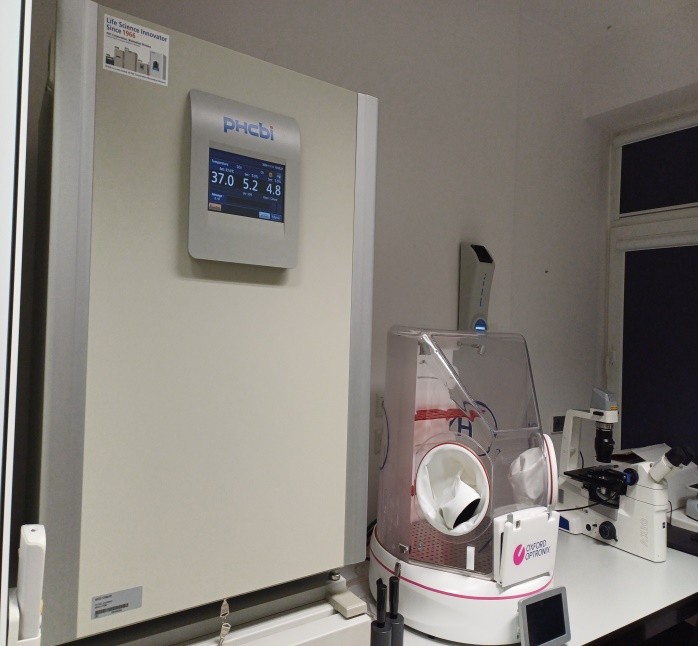
EXPERIMENTAL MODELS AND RESEARCH TECHNIQUES:
- in vitro: primary cultures of neonatal glial cells: oligodendrocytes, astrocytes and microgliai
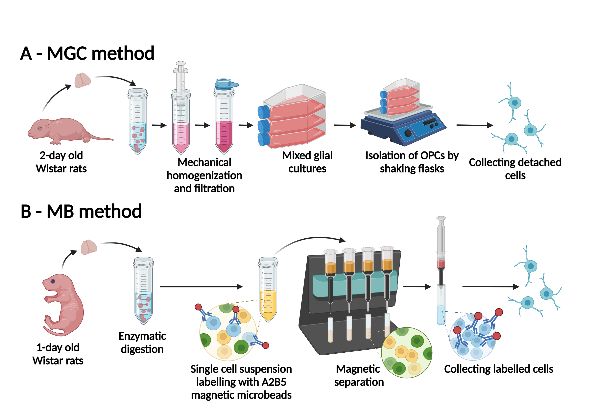
Źródło grafiki: https://link.springer.com/article/10.1007/s10571-023-01380-2 - ex vivo: organotypic hippocampal slices, coronal brain slices
- in vivo: hipoxia-ischemia model on neonatal rats
- OGD: oxygen and glucose deprivation to mimic hypoxia-ischemia in vitro/ex vivo
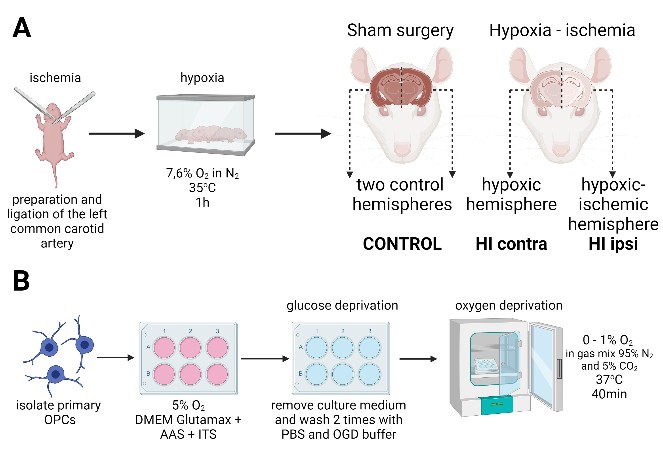
Źródło grafiki: https://onlinelibrary.wiley.com/doi/10.1111/bpa.13255
SELECTED RESULTS OF THE PROJECT IMPLEMENTATION
- demonstration of changes in the white matter of the rat brain after HI by MRI, immunofluorescence staining and transmission microscopy,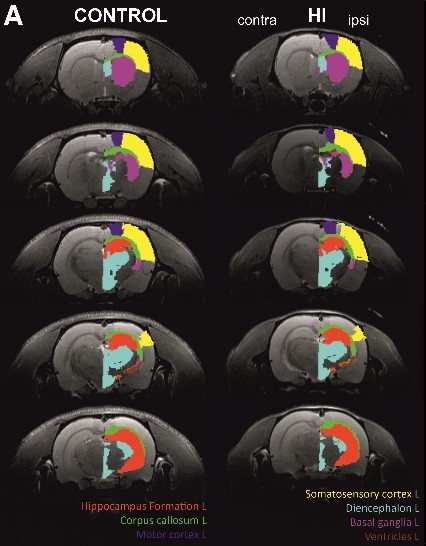
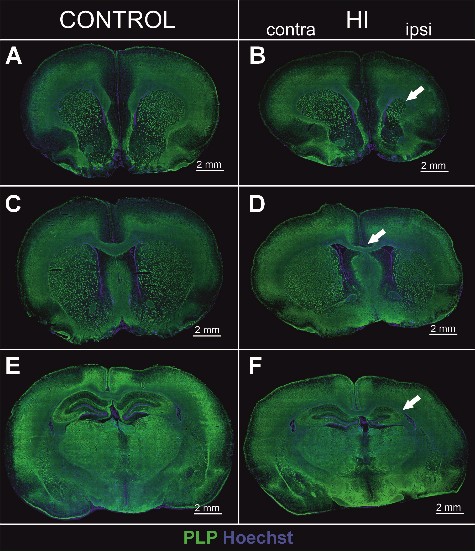
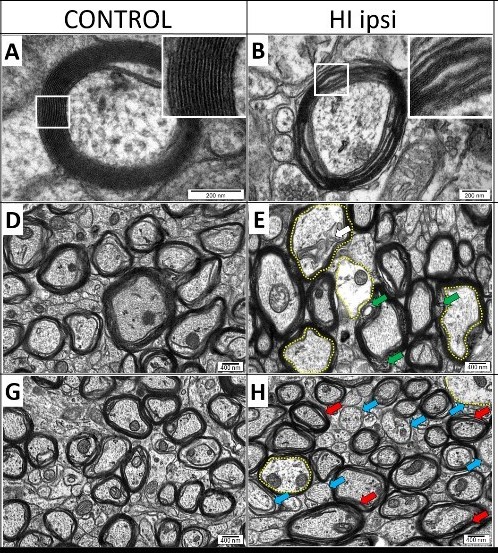
- identification of oligodendrocyte differentiation disorders as the cause of the observed changes,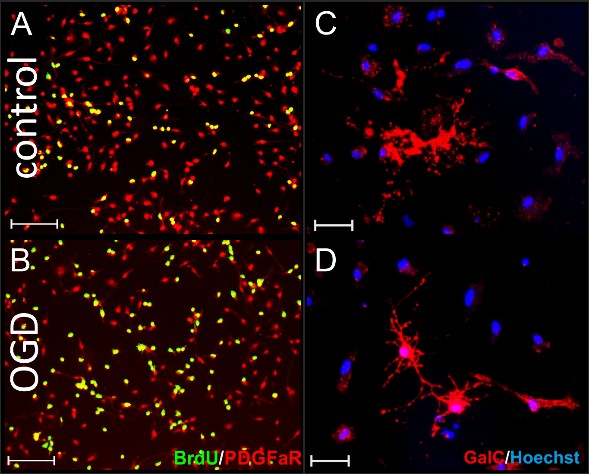
References:
Janowska J, Gargas J, Zajdel K, Wieteska M, Lipinski K, Ziemka-Nalecz M, Frontczak-Baniewicz M, Sypecka J. Oligodendrocyte progenitor cells' fate after neonatal asphyxia-Puzzling implications for the development of hypoxic-ischemic encephalopathy. Brain Pathol. 2024 Mar 19:e13255. doi: 10.1111/bpa.13255.
JOINT SCIENTIFIC VENTURES:
Organization of scientific sessions:
- Recent advances in therapeutic strategies for neurodevelopmental diseases –during The XVIth International Symposium Molecular Basis of Pathology and Therapy in Neurological Disorders (17 – 18 October 2024, Warsaw, Poland) https://ncs2024.imdik.pan.pl/?id=3)
- „Decifering role of autophagy in neurological diseases” - during XV International Symposium Molecular Basis of Pathology and Therapy in Neurological Disorders, (20-22.10.2022, Warszawa) https://ncs2022.imdik.pan.pl/?id=3






